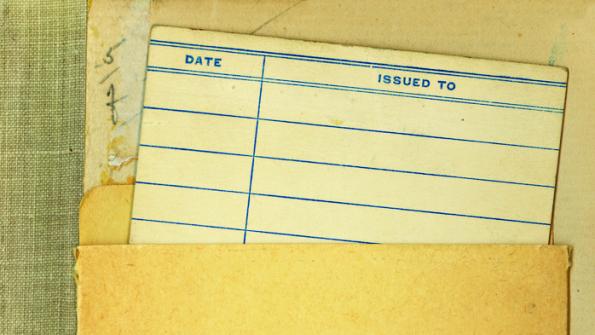When box stores leave
Across the county, when big box stores shut down or change location, communities are left with sprawling, empty facilities. But some creative city officials are looking at empty retail buildings in a new light, repurposing them as community centers, health clinics, libraries and more.
Julia Christensen first documented 10 such repurposing projects in her 2008 book “Big Box Reuse,” and since has identified more than a dozen additional examples on her website.
For example, in 2002 the Snowy Range Academy, a charter school in Laramie, Wyo., opened its doors in a Walmart that had abandoned for almost five years. The Central Kentucky Comprehensive Medical Center, in Mt. Sterling, Ky., also is housed in a former Walmart.
While recycling box stores isn’t a solution in every situation, using abandoned facilities can save some communities millions of dollars. For example, McAllen, Texas was planning to build a new library at a cost of about $30 million, but instead purchased a closed Walmart, according to a 2006 report from the city’s local newspaper, The Monitor. As a result, the city saved nearly 40 percent by renovating the existing facility.
At time, then McAllen Mayor, Richard Cortez said, "When we learned that this building was available, we consulted with the Library Advisory Board to see what they thought about it, and they said, 'Golly, this would be great,' so we moved on it very fast."
The city purchased the property for $5 million, which included 15 acres of land, 864 parking spaces and a 128,604 square foot facility, according to the newspaper. After opening, city officials estimated the new facility would draw 1,000 to 1,200 visitors a day.
Today the new library is 123,000 square feet and includes 355,794 items in its collection. It is a single floor and boasts 16 public meeting spaces, 14 public study rooms, 64 computer labs, six teen computer labs and two genealogy labs.
The library also features a teen area, a café, an auditorium, a quiet reading room, self check out units, an art gallery, electronics classrooms, audiovisual services, a children’s area a used book store and an automated materials handling system, according to library resources.
The facility has earned international attention. The library earned The International Interior Design Association’s 2012 Library Interior Design Award, according to Slate magazine.
A year after the facility opened, Kate Horan, then- interim library director told Slate the goal of designing the library to be a community meeting place was fulfilled. Horan said new registrations and book loans are “through the roof” at the facility. “We used to be really busy on Sunday afternoons,” she added. “Now, every day is a Sunday afternoon.





















When the big box moves in,
When the big box moves in, the property taxes are marvelous, the sales taxes are garnered from a 20 mile radius.
Within that radius the other cities see Chernobyl, as the smaller stores and their owners and investors die.
And it usually is the case that the municipalities where the stores are located will be whitemailed to lower property taxes, subsidize store revenue with some of the collected sales taxes — or they will move.
Some companies will move before the end of their lease, but keep making lease payments and not allow a competitor, therefore, to use the space so that the City can recoup the tax losses.
The library is an excellent idea, but it does not add to the property tax base.
And with the small stores closed, where do the workers go?
Yep, the customers got cheaper goods, likely brought in container ships from overseas.